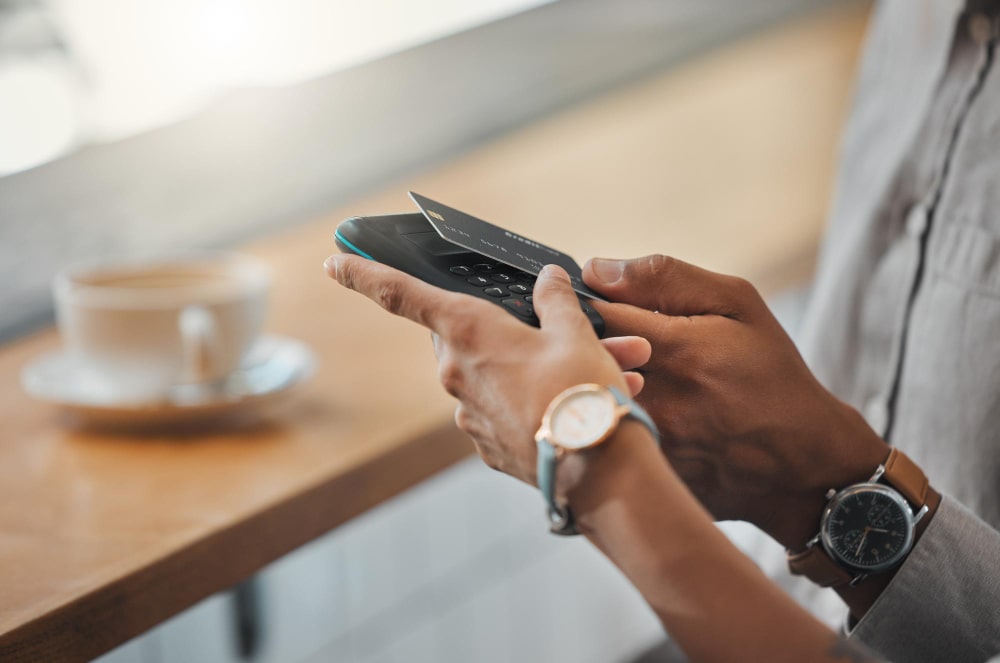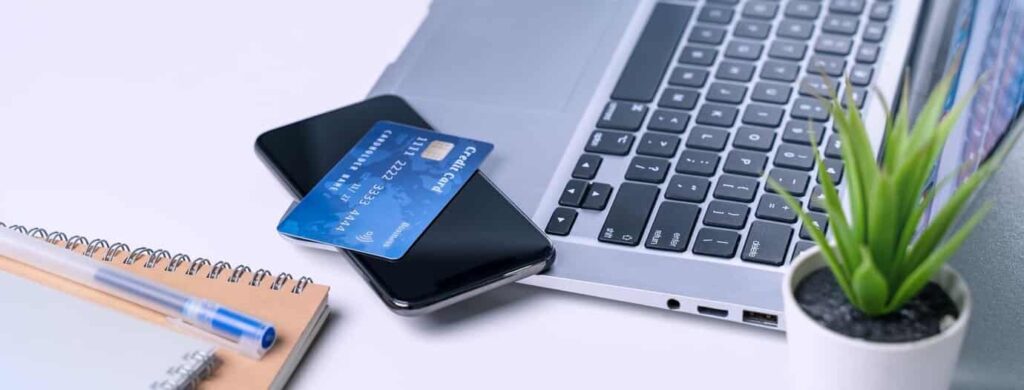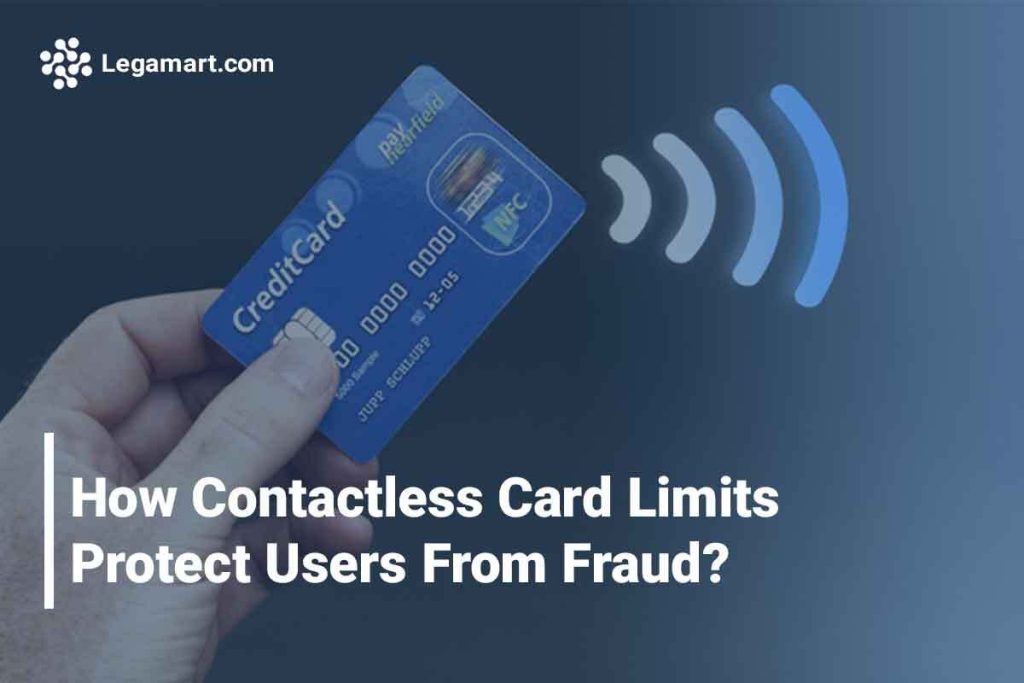
Over recent years, many consumers and businesses have adopted contactless payment methods like contactless cards to transact in a socially distanced way. A financial report in the UK revealed that 32% of payments were made using contactless technologies, with cash only accounting for 15% of all payments in 2021. With most small businesses accepting card payments, contactless card payments may soon dominate the market as the most preferred transactional method.
What are Contactless Card Payments?
Contactless debit or credit cards contain both a chip and an antenna that emits radio waves. Contact card machines can receive signals from card chips through wireless near-field communication (NFC) technology, so all you have to do to pay is to bring the card close to the machine. It often involves a portable card reader with a terminal that can be connected through Bluetooth or Wi-Fi and accepts contactless payments through Apple Pay, Android Pay, and Samsung Pay, as well as credit and debit cards. Through this interconnection, the terminal can process payments from the cards to an online server, which will then be charged to your account.
International fraud: The Process and Proofs for Taking a Legal Action
Why Do Limits Exist?

In the UK, the Financial Conduct Authority (FCA) has set the threshold for contactless payment using cards to be £100 for single transaction payments and £300 for multiple transactions. It is a massive increase from April 2020, when the industry had set £45 as the limit. On the side of firms, businesses must enforce Chip and PIN whenever a customer exceeds the cumulative transaction value threshold, lest they are subjected to enforcement action from the FCA.
Given its ease of use and convenience, contactless payment makes it easy for consumers to pay safely and securely without carrying cash. However, this has sparked concern that increased limits are counterintuitive in protecting users and businesses from fraud, especially if a card gets stolen. Despite this risk, recent reports show that contactless cards are not the bigger threat but rather authorized push payments (APP) frauds.
UK Finance’s report notes that there has been a 39% year-on-year rise in APP losses, with as much as £583.2 million stolen across nearly 200,000 cases. Considering these fraud cases, it’s imperative that everyone remain vigilant of suspicious activity involving their cards.
Maximizing Safety While Using Contactless Cards

As with other banking cards and transactions, taking precautions can help safeguard your funds and keep you from the inconvenience of fraudulent transactions. You can protect your contactless card details by keeping it in opaque plastic or silicon sleeves while transacting. If you have lost your card or see unexpected payments towards your account, it’s crucial that you inform your bank immediately so that they can reverse payments and deactivate your card.
Fortunately, there have not been any recent reports of thieves taking payments through wireless NFC technology, as all money has to go through the card system. Likewise, as discussed in our post on legal technology, if there is fraudulent activity, online disputes can be quickly settled, so neither you nor the business will lose money.
Although transaction limits have increased, it’s still essential for everyone to remain mindful of their spending habits and pay within their means by being careful with your card and spending, you can reap the benefits and convenience of contactless payments.




